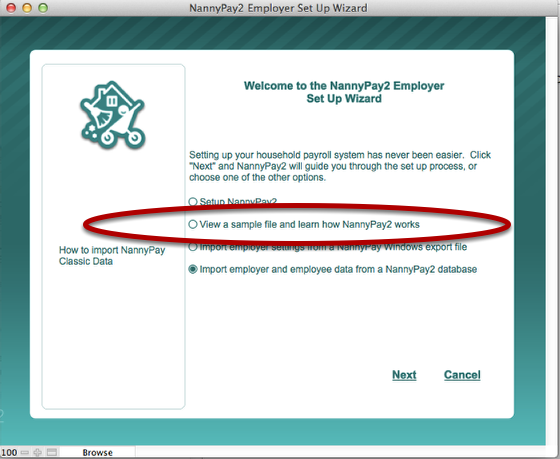

Miss a deadline, and you could owe penalties and interest.Ĩ.

You’ll also have to file Schedule H, the household employment tax form, with your federal tax return each April. FORMS AND PAYMENTS Depending on where you live and your other tax obligations, you may have to make quarterly filings and payments to your state for unemployment taxes, as well as quarterly filings and payments to the federal government. Your home insurance policy may offer some coverage for household employees, too, so it’s worth a call to check.ħ. “I’ve seen penalties equal to the price of a small car,” she said. Kathleen Webb, co-founder of HomeWork Solutions in Sterling, Va., another service for household employers, said we were actually lucky. Look yours up and seek guidance on the rules. keeps a list of state unemployment agencies that starts on page 13 of Publication 926. STATE UNEMPLOYMENT TAXES You will probably have to pay them. Figuring out how much to withhold isn’t easy. INCOME TAX ISSUES You aren’t required to withhold money for federal, state and city income taxes from employees’ paychecks, but they may ask you to do so. If you pay total cash wages of $1,000 or more in aggregate in any quarter of a calendar year, you must pay federal unemployment taxes of another 0.8 percent of wages up to $7,000 a year.Ĥ. That amounts to 15.3 percent of the worker’s salary, which is generally split equally between employer and employee. FEDERAL TAXES If you pay $1,700 or more in 2009 to a household employee, then you need to withhold and pay Social Security and Medicare taxes. It’s not the same as a Social Security number. EMPLOYER IDENTIFICATION NUMBER You’ll need one of these to put on tax forms you file for your household employee.

#Review nannypay software pdf#
(I’ve linked to this form and others, which are often in PDF format, in the version of this column at /yourmoney.)Ģ. Employees affirm this by filling out a form called the I-9. IMMIGRATION STATUS Employers must make sure an employee is eligible to work in the United States. Publication 926, the “Household Employer’s Tax Guide.” What follows should serve as a good starting guide for anyone who’s finally been scared straight by the news this month.ġ. Just how complicated is it to comply? Let us count the ways in the list below, which I derived in part from I.R.S. Perhaps the most daunting part of all of this, however, is how much effort and paperwork it takes to do the right thing. They may demand higher wages to make up for money that an employer takes out, raising employer costs even more.

The employees often balk, too, because they don’t want taxes withheld from their paychecks. Some employers don’t want to pay the extra 10 percent or so on top of the employee’s salary to cover the taxes and other costs. “And why should I pay for something when the vast majority of people are not paying it?” Ellis, president of the Nanny Tax Company in Chicago, which helps clients pay on time. “The chances of getting caught are slim,” said Arthur U. By 2006, the latest year for which data are available, the number was down to 225,441. In 1997, taxpayers filed 310,367 household employee tax payment forms with the Internal Revenue Service. Various estimates put the tax cheat rate at 80 to 95 percent of people who employ baby sitters, housekeepers and home health aides. Geithner’s nomination for Treasury secretary hit a snag over, among other mistakes, an issue relating to a housekeeper.Įvery time this happens, it leaves a little pit in the stomach of hundreds of thousands of people who are breaking the law themselves. This week, it became part of the chatter around Caroline Kennedy’s decision to pull out of contention for New York’s vacant United States Senate seat. The nanny tax issue simply won’t go away.Įver since Zoë Baird, President Bill Clinton’s first nominee for attorney general, withdrew her name from consideration because she had broken rules relating to household employees, the issue has tripped up public figures every couple of years.


 0 kommentar(er)
0 kommentar(er)
